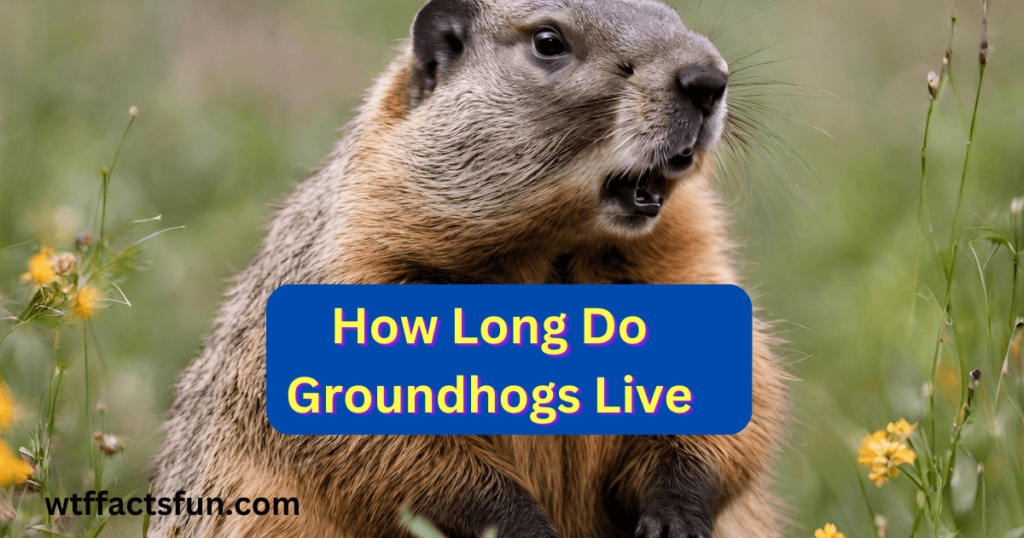
Table of Contents
How Long Do Groundhogs Live
How Long Do Groundhogs Live: Groundhogs, also known as woodchucks or whistle-pigs, are fascinating creatures that play a prominent role in folklore, particularly Groundhog Day. Understanding the lifespan and behavior of groundhogs adds to our appreciation of these burrowing rodents. This article delves into the details of their lifespan, environmental factors influencing longevity, and behavioral traits.
Lifespan:
Groundhogs typically have a lifespan of 6 to 8 years in the wild. However, factors such as predation, diseases, and environmental conditions can significantly impact their longevity. In captivity, where these animals are shielded from many of the natural threats they face in the wild, they can live up to 14 years or more.
Factors Influencing Longevity:
- Predation: In the wild, groundhogs face threats from predators such as foxes, coyotes, hawks, and eagles. Predation is a significant factor influencing their lifespan.
- Disease: Groundhogs can succumb to diseases, including rabies. While not common, diseases can affect their overall health and longevity.
- Environmental Conditions: Groundhogs are well-adapted to different climates, but harsh environmental conditions, food scarcity, and extreme weather events can impact their survival rates.
Behavioral Traits:
- Hibernation: Groundhogs are known for their extended period of hibernation during the winter months. They enter a state of torpor, significantly reducing their metabolic rate to conserve energy.
- Burrowing: Groundhogs are proficient burrowers, creating complex underground tunnels. These burrows serve as shelter from predators, protection from extreme weather, and safe spaces for hibernation.
- Territorial Nature: Groundhogs are territorial animals and often defend their burrow systems aggressively. They use vocalizations and physical displays to establish dominance and protect their territory.
- Herbivorous Diet: Groundhogs are herbivores, primarily consuming vegetation such as grasses, clover, fruits, and vegetables. Their diet provides the necessary nutrients for their survival and reproduction.
- Mating and Reproduction: Groundhogs mate in early spring, shortly after emerging from hibernation. The gestation period is around a month, and a litter typically consists of 2 to 6 pups. Young groundhogs, or “kits,” stay with their mother until they are ready to venture out on their own.
Conservation and Human Interaction:
Groundhogs are not considered endangered, but their populations can be affected by habitat loss and human activities. In urban and suburban areas, groundhogs may face threats from vehicle collisions, domestic pets, and habitat destruction.
Conclusion:
Understanding the life cycle of groundhogs provides insight into their intricate behaviors and the challenges they face in the wild. While Groundhog Day may be a lighthearted tradition, these rodents play a vital role in ecosystems and deserve our respect and conservation efforts to ensure their continued presence in the natural world.
Read also:
How to Beat an Absconding Charge?